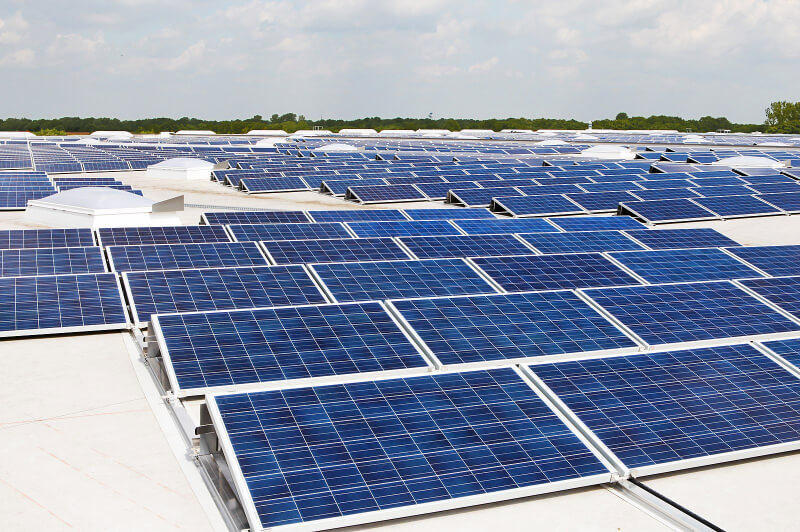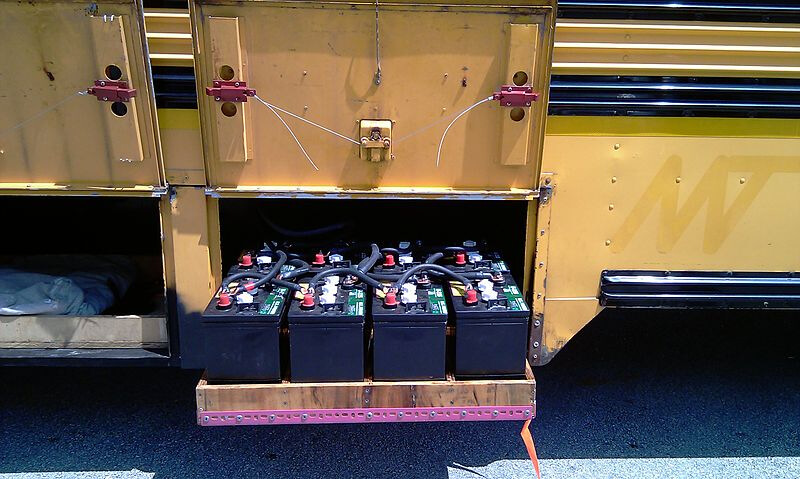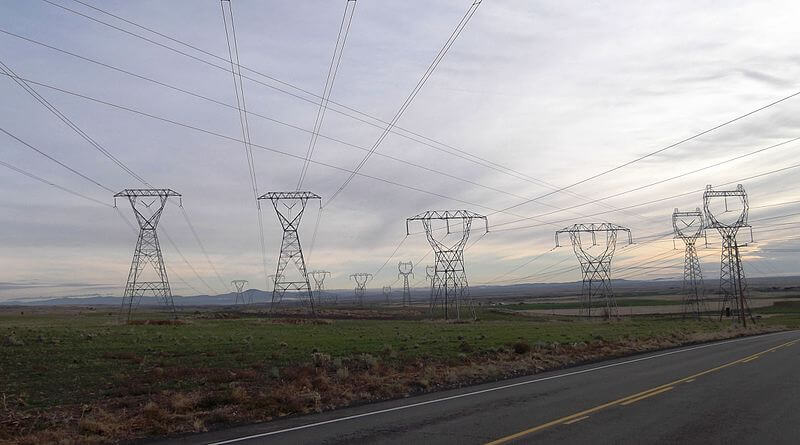Bifacial solar panels can generate power from both sides of the panel, and thus, increase the total energy generated by a solar module. Traditional solar panels, on the other hand, are monofacial, as they come with opaque backsheets, which allows solar energy to be trapped only by one side. As a consequence, bifacial panels are fast becoming popular for both home and office installations. These panels also offer a greater degree of durability because both sides are UV resistant. Moreover, frameless bifacial solar modules reduce concerns related to potential-induced degradation (PID).
Installing bifacial solar panels on a highly reflective surface, such as a white TPO roof, or on a ground with light colored stones can help increase energy generation up to 30 percent, in comparison to monofacial panels. In addition, since more power can be generated, bifacial panels also lead to a reduction in Balance of Systems (BOS) costs.
Bifacial solar panels are available in various designs. The following are some of the design variants of bifacial modules:
- Framed bifacial panels
- Frameless bifacial panels
- Bifacial panels with dual glass
- Bifacial panels that use clear backsheets
- Monocrystalline design solar cell panels
- Polycrystalline design solar cell panels
It is important to note that there are frameless, dual glass modules, which expose the backside of the cells, but are not bifacial panels in the true sense of the term. What distinguishes true bifacial panels from these frameless, dual glass modules panels is that the former have contacts/bust bars on both the back and front sides of their cells.
How do bifacial solar panels work?
The top solar cells of a bifacial solar panel work along the same principle as any conventional, monofacial panel. They face the sun directly, and capture sun rays directly by absorbing only certain wavelengths. IThe bottom solar cells, however, have a slightly different operating principle. They absorb the light that is reflected off the ground surface. This light is known as albedo light. Since white or light colours offer a better reflection than dark colours, it is advisable that you should paint the surface of the roof white or silver. A concrete driveway under the panels can also be a good option, and is capable of producing a similar effect. Some studies have shown that white surfaces reflect more than 80 percent of albedo light (By comparison, grass only reflects 23 percent of albedo light).
Besides, the use of superior silicon in monocrystalline solar cells is preferred, as it optimizes the operation of the underside cells.



